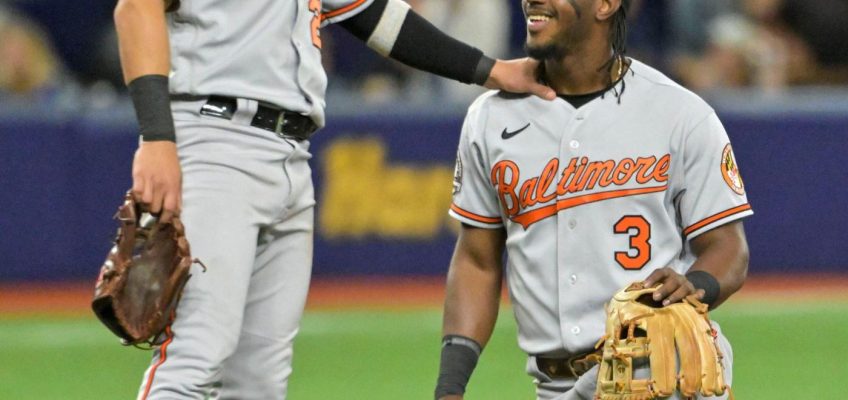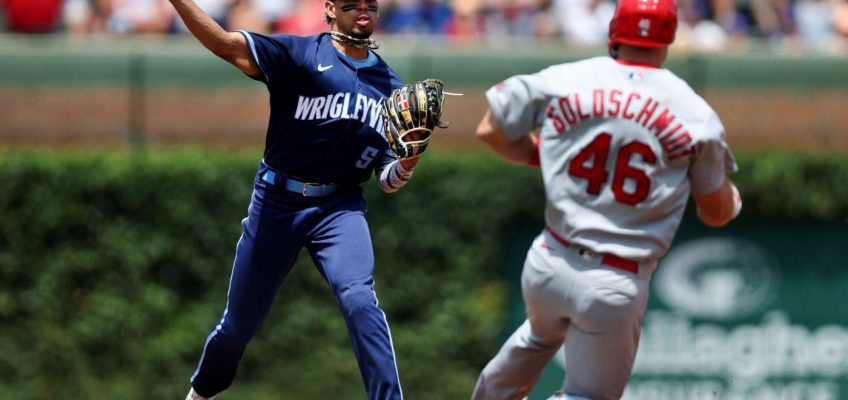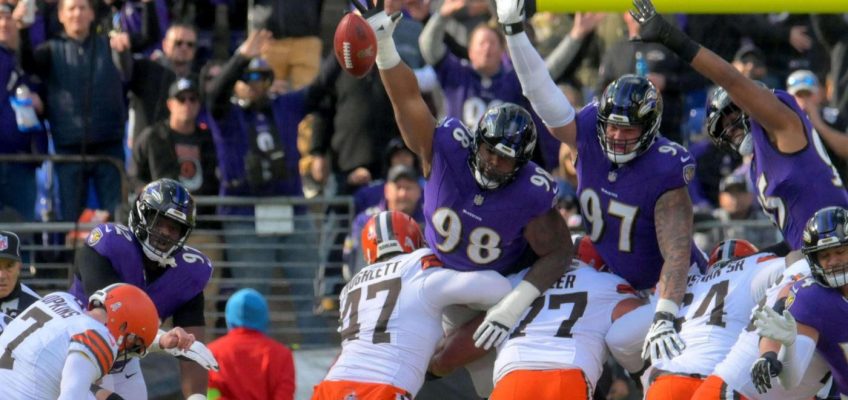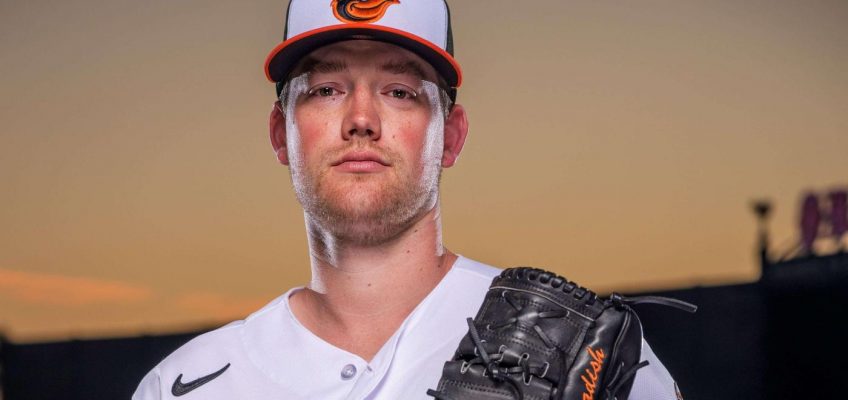The first big decisions of the Orioles’ offseason are approaching.
Baltimore had no contract options to sort out. None of its five free agents were going to receive the $20.325 million qualifying offer. The club has hardly any top prospects who need to be protected from the Rule 5 draft. So, the arbitration tender deadline Friday marks the first significant offseason benchmark for the Orioles’ roster.
Here’s what you need to know.
What is arbitration?
Arbitration is a system that provides pay raises to players who have established themselves as big leaguers but haven’t yet spent enough time in the majors to become free agents.
Players who have at least three years of MLB service time but fewer than the six necessary to become a free agent are eligible, as long as they don’t already have a set salary through a guaranteed contract. A year of service time is equivalent to 172 regular-season days spent on the major league roster or injured list. A player can earn no more than one year of service time in a given season, even if they are active for more than 172 days.
A portion of players with between two and three years are also eligible, with the top 22% of that group by service time receiving “Super Two” status. These players don’t become free agents any sooner, but they receive four years of arbitration eligibility instead of the typical three, which results in higher career earnings before they reach free agency. This year’s Super Two cutoff is two years and 118 days of service time, according to the Associated Press.
How does the process work?
Before Friday’s deadline, teams will decide whether to tender contracts to their arbitration-eligible players. Any players who are non-tendered become free agents. Players are typically non-tendered because the salary they would likely receive through arbitration exceeds the salary the club is willing to pay them, and the sides weren’t able to agree on a lower figure ahead of the deadline.
Teams and tendered players can continue negotiating contract terms after the initial deadline. If they haven’t come to an agreement by Jan. 12, the sides will then each suggest a potential 2024 salary for that player.
If the team and the player remain unable to agree to terms, a panel of arbitrators will pick either the team’s or the player’s suggested salary — and no other possible value — after a hearing, which will take place in late January or early February.
Which Orioles are arbitration-eligible?
The Orioles will have 16 players who are eligible for arbitration, which MLB Trade Rumors estimates as tied for the second-largest group of any team. It’s a tally executive vice president and general manager Mike Elias called “an earmark of having a good roster these days” at the end of the season.
Outfielder Anthony Santander and left-handers John Means and Danny Coulombe are in their final year of eligibility before becoming free agents; Santander is 10 days shy of already having six years of service time. Outfielders Cedric Mullins and Austin Hays, first baseman Ryan O’Hearn, shortstop Jorge Mateo and reliever Dillon Tate have between four and five years of service time.
First baseman Ryan Mountcastle, infielder Ramón Urías, right-hander Jacob Webb, and left-handers Cionel Pérez, Cole Irvin and Keegan Akin all reached three years of service time in 2023 and are arbitration-eligible for the first time. Joining them are outfielder Ryan McKenna and right-handers Tyler Wells, who are eligible as Super Twos. Right-hander Dean Kremer came six days of service short of Super Two eligibility.
How much will they earn?
If the 16 eligible Orioles are all tendered contracts, they would receive more than $50 million collectively, based on projections from MLB Trade Rumors, Cot’s Baseball Contracts and Spotrac. That total represents almost double what that group earned in 2023.
About a quarter of that $50 million is expected to go to Santander, a switch-hitter who led Baltimore in home runs each of the past two seasons. The three forecasts’ average projection for Santander’s 2024 salary is $12.8 million; he earned $7.4 million in 2023.
Mullins ($6.2 million), Hays ($5.8 million) and Means ($5.6 million) have the next highest average projections. Mountcastle is projected for the largest salary of Baltimore’s first-time recipients at $3.9 million, a significant raise after he made about $740,000 in 2023.
The remaining members of what would currently be the Orioles’ season-opening roster are projected to make about $10 million combined in 2024, according to Spotrac. That total will likely increase should Baltimore make trades and free-agent signings.
Who could get non-tendered?
Some of these decisions could come down to next week’s deadline, with the possibility some players agree to lesser deals beforehand to avoid being non-tendered. The majority of the Orioles’ eligible players will be tendered contracts, though there are a handful of decisions to be made.
It’s difficult to imagine Baltimore parting with Santander in this fashion, though it’s worth noting his projected salary would be the largest Elias has given out in his five years running the club.
Mateo and Urías are both projected to make between $2 million and $3 million in 2024. Both are right-handed-hitting infielders who ended this season in part-time roles, with the pair effectively splitting a platoon. Each excelled defensively in 2022 but took a step back in 2023, while their offensive contributions were below average. With top overall prospect Jackson Holliday set to join Gunnar Henderson and Jordan Westburg in the majors — and prospects Joey Ortiz, Coby Mayo and Connor Norby also in the mix for big league time at some point next season — it’s possible there isn’t room for Mateo, Urías or both.
Tate and Akin each ended the season on the 60-day injured list but have played key roles in Baltimore’s bullpen in recent years. Tate, who missed all of 2023 with an elbow injury, led the Orioles in games pitched in both 2021 and 2022. He made $1.5 million in 2023 and likely would receive a similar figure for next season. Akin had a 3.20 ERA in 2022 and a 3.66 mark through his first 20 appearances of 2023, then gave up 13 runs while recording 12 outs in his final four outings before going on the IL with a lower back injury. At $850,000, Akin has the lowest average projected salary of Baltimore’s arbitration-eligible players.
McKenna’s eligibility could put him at risk, though he’s not projected to make much above the league minimum. With Aaron Hicks entering free agency, the Orioles have a need for a right-handed hitter who can play all three outfield spots, a mold McKenna fits. But he’s mainly been an up-and-down defensive replacement in his career, and he’s out of minor league options, meaning the team would have to expose him to waivers to send him to Triple-A. If the Orioles don’t think they’ll have space for him come opening day, this would be a prudent move to make now.
()




